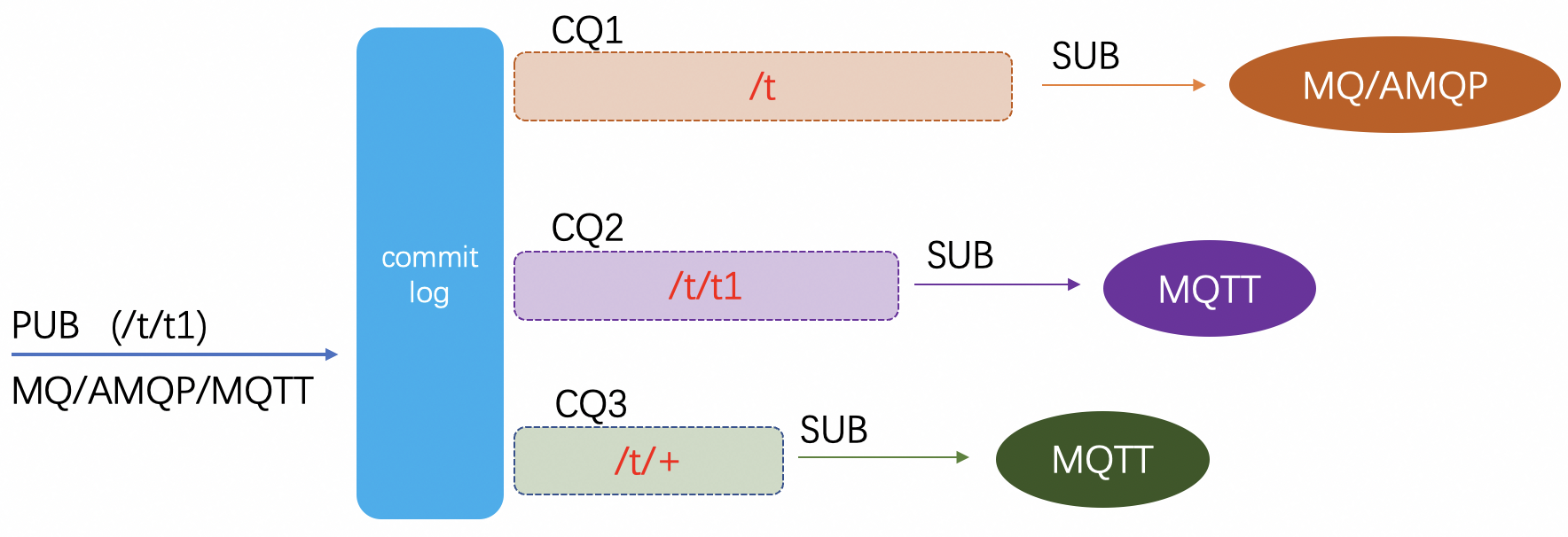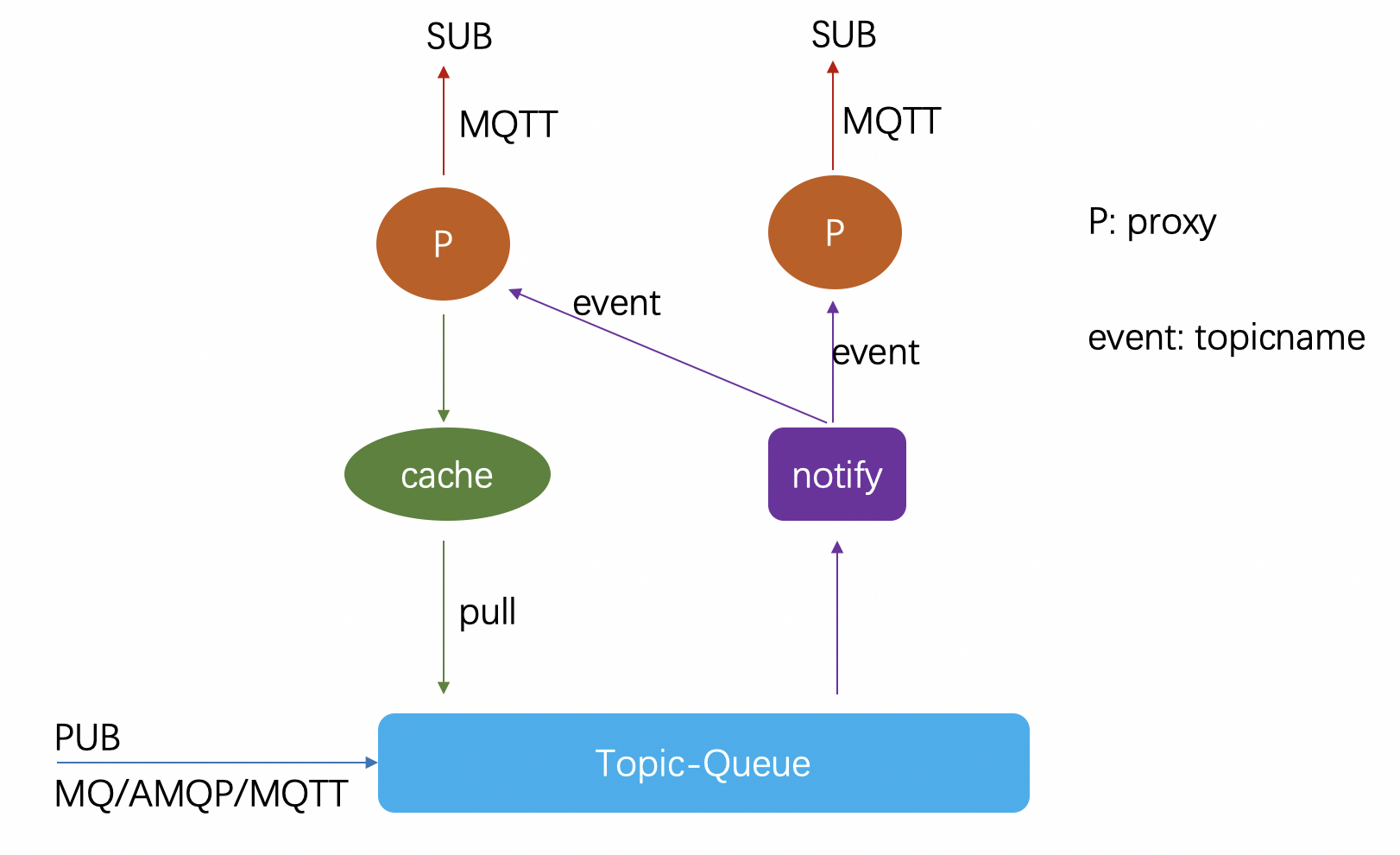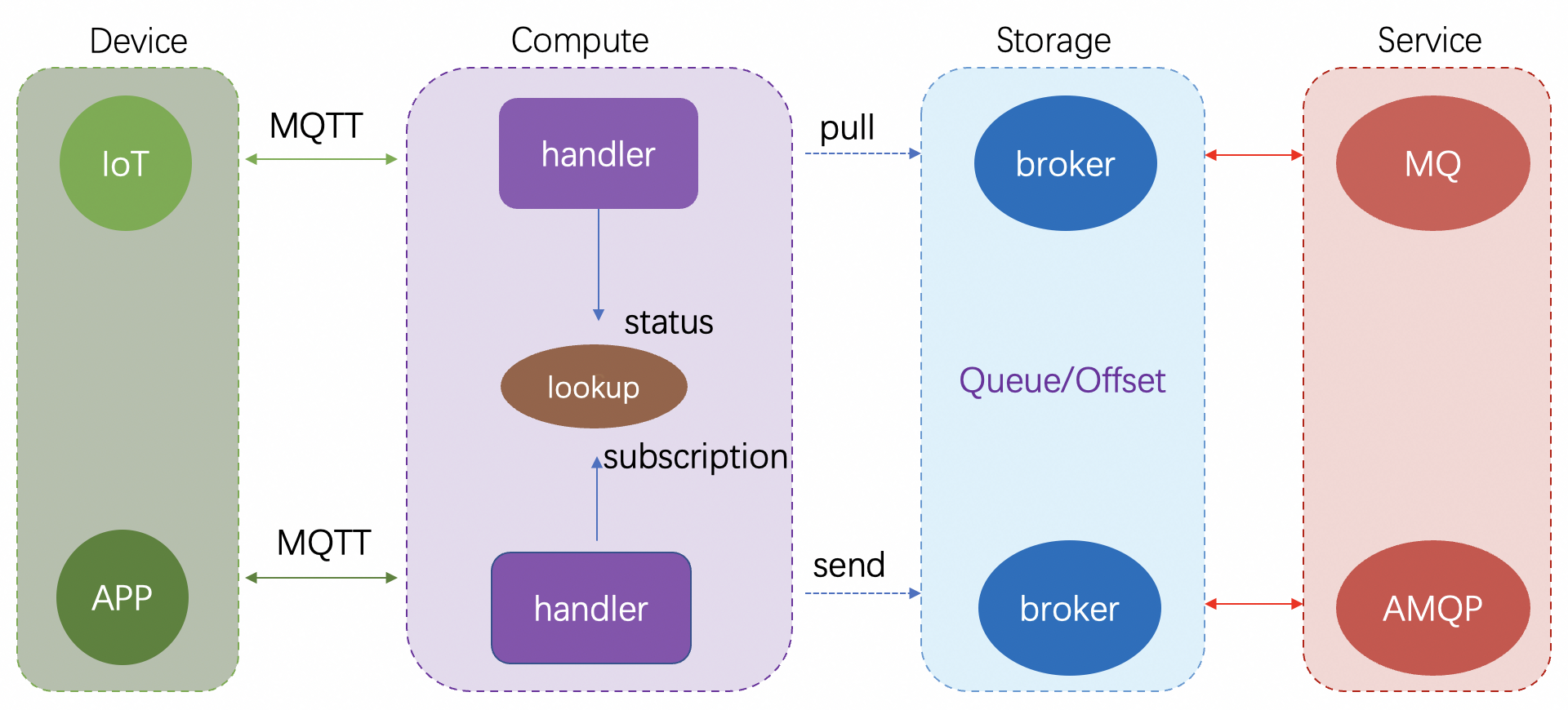RocketMQ MQTT Overview
The traditional message queue MQ is mainly used for message communication between services (ends), such as transaction messages, payment messages, logistics messages, etc. in the e-commerce field. However, under the general category of messages, there is another very important and common message field, that is, IoT terminal device messages. In recent years, we have seen the explosive growth of IoT device-oriented news arising from smart home and industrial interconnection, and the news on the mobile APP side of the mobile Internet, which has been developed for more than ten years, is still orders of magnitude huge. The order of magnitude of messages for terminal devices is many orders of magnitude larger than that of traditional servers and is still growing rapidly.
If there is a unified message system (product) to provide multi-scenario computing (such as stream, event) and multi-scenario (IoT, APP) access, it is actually very valuable, because messages are also important data. There is only one system, which can minimize storage costs and effectively avoid the consistency problems and challenges caused by data synchronization between different systems.

Based on this, we introduced the RocketMQ-MQTT extension project to realize RocketMQ's unified access to the messages of IoT devices and servers, and provide integrated message storage and intercommunication capabilities.
MQTT Protocol Introduction
In IoT terminal scenarios, the MQTT protocol is widely adopted across the industry. MQTT originated in IoT contexts as a lightweight message transport protocol based on the publish/subscribe (Pub/Sub) model, specifically designed for low-bandwidth and unreliable network environments. It was originally developed by IBM and is now maintained as an open standard by the OASIS consortium. MQTT is extensively used in IoT, smart hardware, vehicle networking, smart cities, telemedicine, power, oil & energy, and other domains.
Its core communication model is also Pub/Sub—similar to RocketMQ. But it provides greater flexibility in subscription patterns, supporting multi-level topic subscriptions (e.g., /t/t1/t2) and wildcard subscriptions (e.g., /t/t1/+). With MQTT, you can easily implement message broadcasting, multicasting, and unicasting.
RocketMQ MQTT Architecture Design
The goal of the RocketMQ MQTT architecture is to achieve unified management of message storage and distribution while enabling multi-protocol integration without intruding into the core logic of the RocketMQ broker. To this end, we have designed two fundamental models: the queue storage model and the push-pull model.
Queue Storage Model

We have designed a topic queue model for multi-dimensional distribution. As shown in the figure above, messages can come from various access scenarios (such as MQ/AMQP on the server side and MQTT on the client side), but only one copy will be written and stored in the commitlog, and then Distribute the queue index (ConsumerQueue) of multiple demand scenarios. For example, the server-side scenario (MQ/AMQP) can perform traditional server-side consumption according to the first-level Topic queue, and the client-side MQTT scenario can consume according to MQTT multi-level Topic and wildcard subscription.
Such a queue model can support the access and message sending and receiving of the server and terminal scenarios at the same time, achieving the goal of integration.
Push-Pull Model

The above figure shows a push-pull model. The P node in the figure is a protocol gateway or broker plug-in, and the terminal device is connected to the gateway node through the MQTT protocol. Messages can be sent from a variety of scenarios (MQ/AMQP/MQTT). After being stored in the Topic queue, there will be a notify logic module to sense the arrival of the new message in real time, and then a message event (that is, the topic name of the message) will be generated. The event is pushed to the gateway node, and the gateway node performs internal matching according to the subscription status of the connected terminal devices, finds which terminal devices can be matched, and then triggers a pull request to the storage layer to read the message and push it to the terminal device.
Architecture Overview
 Our goal is to achieve an integrated and self-closed loop based on RocketMQ, but we don't want Broker to be invaded into more scenario logic. We abstract a protocol computing layer, which can be a gateway or a broker plug-in. Broker focuses on solving Queue issues and doing some Queue storage adaptation or transformation to meet the above computing needs. The protocol computing layer is responsible for protocol access and must be pluggable and deployed.
Our goal is to achieve an integrated and self-closed loop based on RocketMQ, but we don't want Broker to be invaded into more scenario logic. We abstract a protocol computing layer, which can be a gateway or a broker plug-in. Broker focuses on solving Queue issues and doing some Queue storage adaptation or transformation to meet the above computing needs. The protocol computing layer is responsible for protocol access and must be pluggable and deployed.